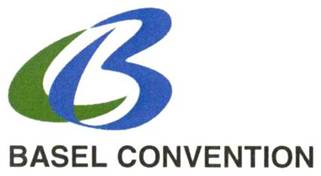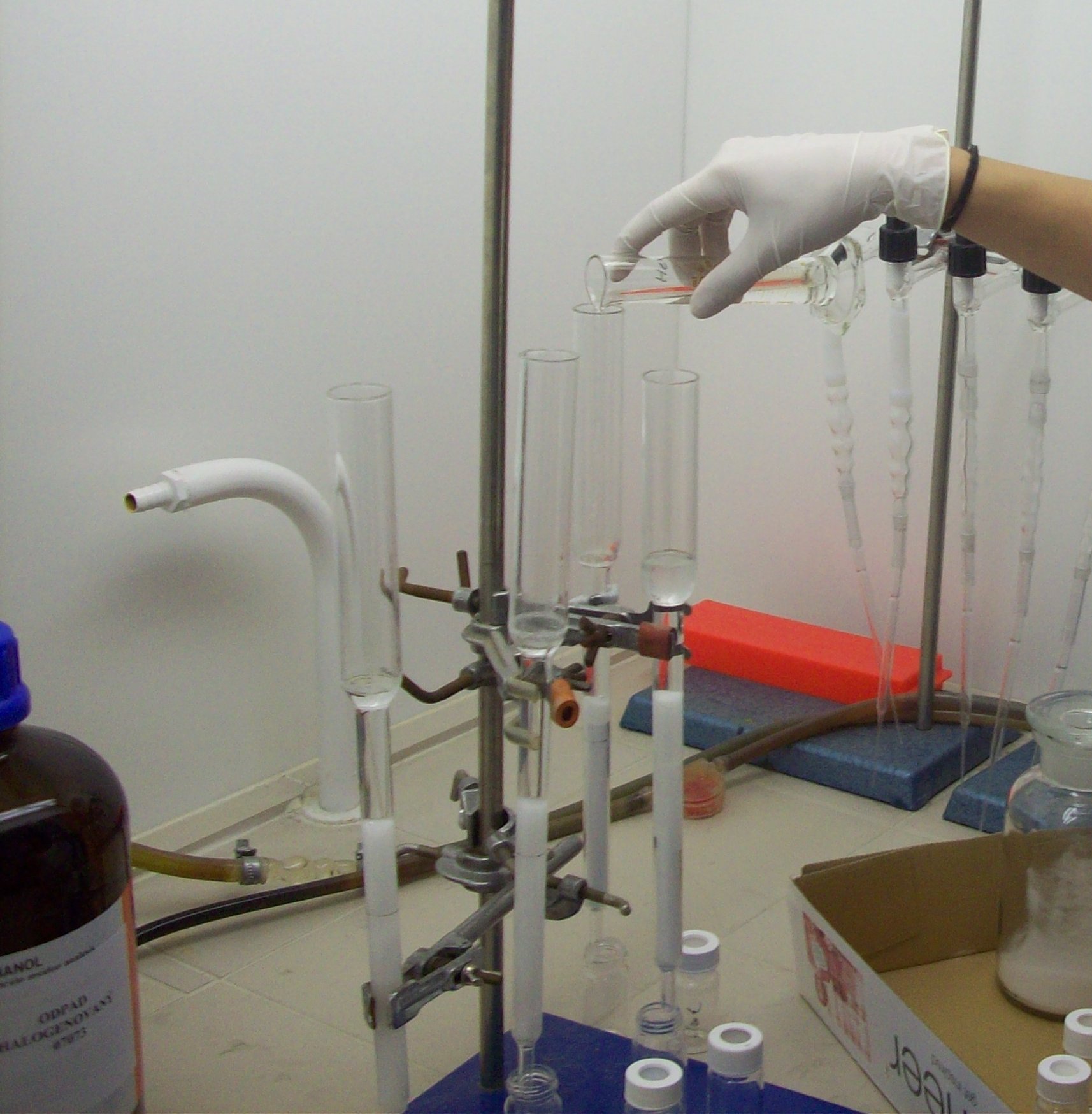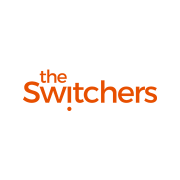

Subscríbete al SCP News
Scope of Action
Basel Convention
 The Basel Convention on the Control of Transboundary Movements of Hazardous Wastes and their Disposal is the most comprehensive global environmental agreement on hazardous and other wastes. Its aim is to protect human health and the environment against the adverse effects of the generation, management, transboundary movement and disposal of hazardous and other wastes. The Basel Convention was adopted in 1989 and entered into force on May 5, 1992.
The Basel Convention on the Control of Transboundary Movements of Hazardous Wastes and their Disposal is the most comprehensive global environmental agreement on hazardous and other wastes. Its aim is to protect human health and the environment against the adverse effects of the generation, management, transboundary movement and disposal of hazardous and other wastes. The Basel Convention was adopted in 1989 and entered into force on May 5, 1992.
First, the Basel Convention regulates the transboundary movements of hazardous and other waste by applying the "Prior Informed Consent" (shipments without consent are illegal). Shipments to and from non-Parties are illegal unless there is a special agreement. Each Party is required to introduce appropriate national or domestic legislation to prevent and punish illegal traffic in hazardous and other wastes. Illegal traffic is criminal.
Second, the Convention obliges its Parties to ensure that hazardous and other wastes are managed and disposed of in an environmentally sound manner (ESM). To this end, Parties are expected to minimize the quantities that are moved across borders, to treat and dispose of wastes as close as possible to their place of generation and to prevent or minimize the generation of wastes at source. Strong controls have to be applied from the moment of generation of a hazardous waste to its storage, transport, treatment, reuse, recycling, recovery and final disposal.
In this regard, the Parties to the Convention must report annually information and data about the implementation of the Convention through their respective focal points.
Rotterdam Convention
The objectives of the Rotterdam Convention are to promote shared re sponsibility and cooperative efforts among Parties in the international trade of certain hazardous chemicals in order to protect human health and the environment from potential harm; and to contribute to the environmentally sound use of those hazardous chemicals, by facilitating information exchange about their characteristics, by providing for a national decision-making process on their import and export and by disseminating these decisions to Parties.
sponsibility and cooperative efforts among Parties in the international trade of certain hazardous chemicals in order to protect human health and the environment from potential harm; and to contribute to the environmentally sound use of those hazardous chemicals, by facilitating information exchange about their characteristics, by providing for a national decision-making process on their import and export and by disseminating these decisions to Parties.
The Rotterdam Convention was adopted on 10 September 1998 by a Conference of Plenipotentiaries in Rotterdam, and entered into force on February 24, 2004. The Convention creates legally binding obligations for the implementation of the Prior Informed Consent (PIC) procedure.
The Convention covers pesticides and industrial chemicals that have been banned or severely restricted for health or environmental reasons by Parties and which have been notified by Parties for inclusion in the PIC procedure. This procedure is a mechanism to officially receive and disseminate the decisions of the importing Parties as to whether they wish to receive future shipments of chemicals listed in Annex III of the Convention and to ensure compliance with these decisions by exporting Parties.
There are 39 chemicals listed in Annex III of the Convention and subject to the PIC procedure, including 24 pesticides, 4 severely hazardous pesticide formulations and 11 industrial chemicals. Many more chemicals are expected to be added in the future. The Conference of the Parties decides on the inclusion of new chemicals.
Once a chemical is included in Annex III, a "decision guidance document" (DGD) containing information concerning the chemical and the regulatory decisions to ban or severely restrict the chemical for health or environmental reasons, is circulated to all Parties.
Parties have nine months to prepare a response concerning the future import of the chemical. The response can consist of either a final decision (to allow import of the chemical, not to allow import, or to allow import subject to specified conditions) or an interim response. Decisions by an importing country must be trade neutral (i.e., apply equally to domestic production for domestic use as well as to imports from any source).
The import decisions are circulated and exporting country Parties are obligated under the Convention to take appropriate measure to ensure that exporters within its jurisdiction comply with the decisions.
REACH
 REACH is an European chemical regulation which was adopted in 2006 and came into force on June 1 2007. The purpose of REACH is the registration of all chemical substances marketed in EU.
REACH is an European chemical regulation which was adopted in 2006 and came into force on June 1 2007. The purpose of REACH is the registration of all chemical substances marketed in EU.
The aim of REACH is to improve the protection of human health and the environment through the better and earlier identification of the intrinsic properties of chemical substances. At the same time, innovative capability and competitiveness of the EU chemicals industry should be enhanced. The benefits of the REACH system will come gradually, as more and more substances are phased into REACH.
Under this new regulation, manufacturers, importers and users need to be aware that chemicals falling within the REACH requirements must be registered before being produced, imported, or placed on the market within the EU.
Who is affected?
Each chemical manufacturer located in the EU.
Each manufacturer of chemical substances or mixtures located outside the EU, that markets its products in the EU.
REACH Requirements
Regulation (CE) 1906/2006 REACH regulates the Registration, Evaluation, Authorization and Restriction of chemical substances and preparations.
All chemicals except those listed in the regulation as exempt substances that are manufactured or imported to the UE in quantities exceeding 1 ton/year have to be registered under REACH.
SAICM
 The Strategic Approach to International Chemicals Management (SAICM) was adopted by the International Conference on Chemicals Management (ICCM) on 6 February 2006 in Dubai (United Arab Emirates); SAICM is a policy framework to foster the sound management of chemicals.
The Strategic Approach to International Chemicals Management (SAICM) was adopted by the International Conference on Chemicals Management (ICCM) on 6 February 2006 in Dubai (United Arab Emirates); SAICM is a policy framework to foster the sound management of chemicals.
SAICM was developed by a multi-stakeholder and multi-sectorial. Preparatory Committee and supports the achievement of the goal agreed at the 2002 Johannesburg World Summit on Sustainable Development of ensuring that, by the year 2020, chemicals are produced and used in ways that minimize significant adverse impacts on the environment and human health.
SAICM consists of three basic texts:
- The Dubai Declaration expresses the commitment of ministers, heads of delegation and representatives of civil society and the private sector to the SAICM.
- The Global Strategic Policy sets out the scope of SAICM, the needs to be addressed and the objectives for risk reduction, knowledge and information, governance, capacity building and technical cooperation and illegal international traffic.
- The Global Action Plan proposes work areas and activities for implementing the Strategic Approach grouped under five main themes:
A. Risk reduction
B. Knowledge and information
C. Governance
D. Capacity-building and technical cooperation
E. Illegal international traffic The SAICM Global Strategic Policy states in paragraphs 24 and 25, functions and agenda of the ICCM. The second session of the ICCM took place on 11-15 May 2009 in Geneva.














